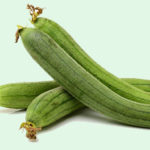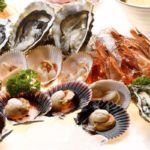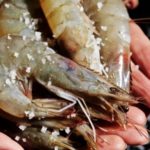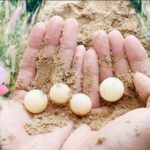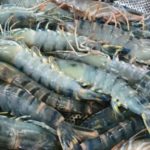When it comes to shrimp, many people think of it as a calcium and protein-rich food. Therefore, shrimp is considered a nutritious food for children, helping to increase calcium and protein intake. Shrimp is also considered a food that helps strengthen calcium and prevent bone loss in women. Shrimp is also included in the diet of people who need to lose weight because they have high protein content without much fat or cholesterol. For those with heart disease, shrimp is also a good choice because they are rich in omega-3 fatty acids. In 100g of shrimp, there are 17-20g of protein and various vitamins and minerals such as selenium, vitamin B12, omega-3, and calcium. Shrimp also provides zinc and iron, which helps children grow taller and sleep better.
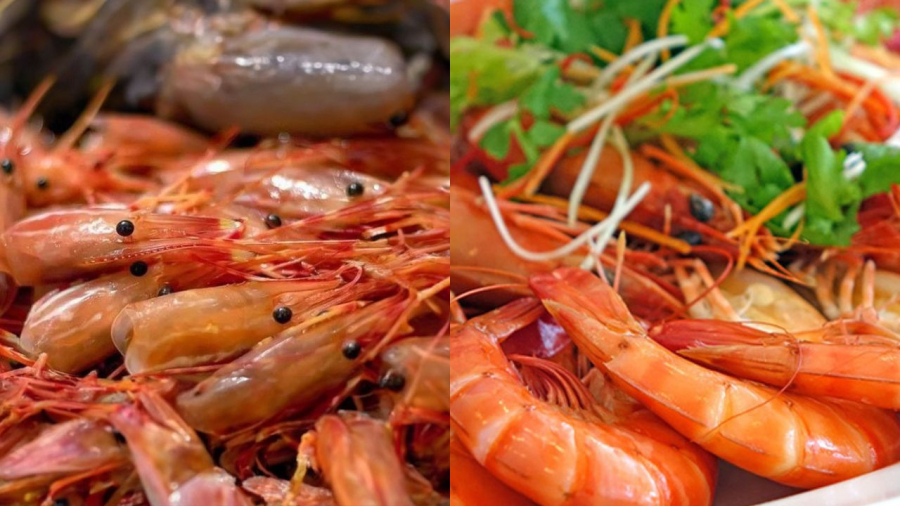
However, many people still wonder if they should eat shrimp heads. Is shrimp head soup good?
Typically, Vietnamese people keep shrimp heads to grind and strain water for cooking soup. Many people believe that shrimp heads and eyes are rich in calcium and help improve eyesight because they eat what is nutritious. In many restaurants, fried shrimp heads are also a specialty dish.
In fact, shrimp heads are not nutritious but also harmful:
Shrimp heads are hollow, according to the structure of shrimp, this is where waste and dirt are stored. Therefore, shrimp heads are the dirtiest part of shrimp, which can contain dirt such as residue, especially the risk of heavy metal contamination such as mercury, parasites, lead… which are very harmful, especially to children. Parasites in shrimp that are not cooked thoroughly can cause brain and liver flukes. Heavy metals can gradually accumulate in the body and harm the nervous system and organs.
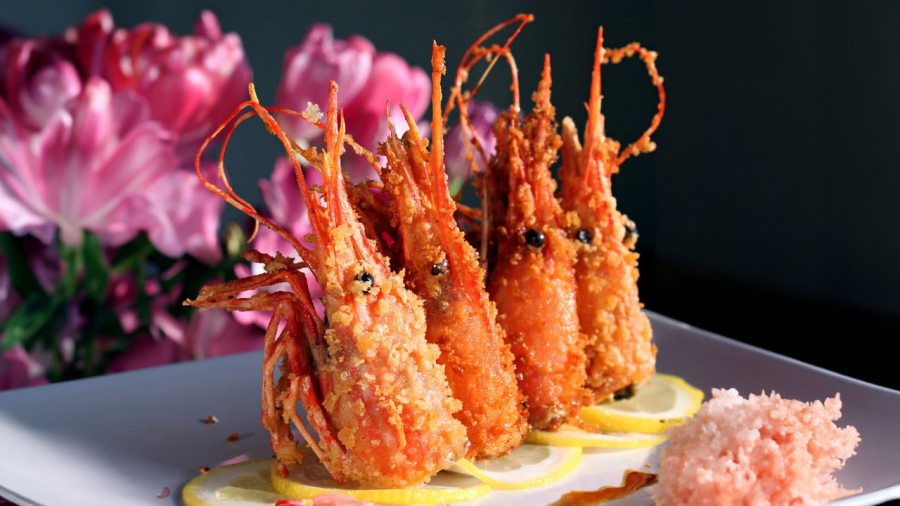
Therefore, it is not recommended to eat shrimp heads and also not advisable to keep shrimp heads for making soup. Especially when cooking for children, only give them the peeled meat. Both shrimp shells and heads do not have the nutrients that we think they do. The part on the back of the shrimp is also the waste organ of the shrimp, so they are not clean and still have toxins. Therefore, you should remove the intestinal tract before using shrimp to make it cleaner and avoid any gritty texture.
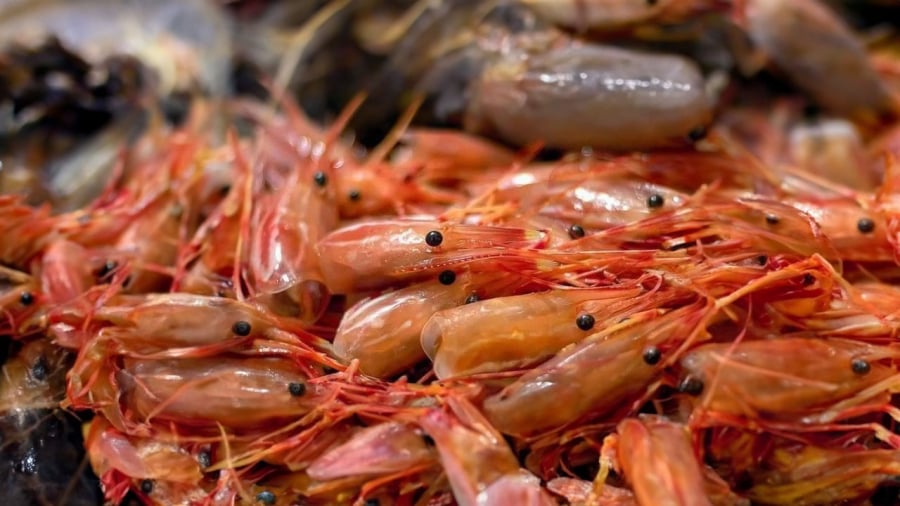
Furthermore, when buying shrimp, it is important to distinguish between injected shrimp, farmed shrimp, and wild shrimp.
How to Choose Fresh Seafood: Important Cabinet Tips
In recent years, concerns have been raised over the practice of injecting urea and chemicals into seafood, making it difficult to find safe and fresh options. To help, DienmayXANH.com offers some tips on how to select the best seafood available. Seafood is a rich, delicious, and nutritious source of food, and this advice will help ensure you make the most of it.

























